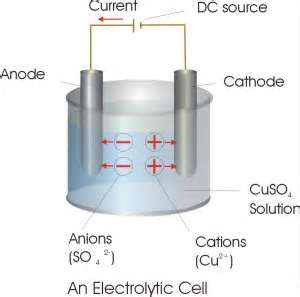SOUND
HOW IS SOUND TRANSMITTED THROUGH A MEDIUM?
Sound is produced by the vibration of the object.Sound needs a material medium to travel.Sound waves are longitudinal waves. In longitudinal waves the particles of the medium vibrates back and forth in the same direction.
Wave length
The distance between two nearest points in a wave which are in the same phase of vibration is called wavelength./ or the distance between the centers of two consecutive rarefactions or two consecutive compressions is called wavelength.
Frequency
Number of vibrations per second is called frequency. Unit Hertz
Velocity
The distance traveled by sound in one second unit m/s
Velocity v=frequency*wavelength
DIFFERENCE BETWEEN MUSIC AND NOISE
One person feels a particular sound as a music but the other person feels it as noise. So there is personal difference
CHARACTERISTICS OF SOUND
INTENSITY
The amount of sound energy passing each second through unit area is called the intensity of sound.Increasing the amplitude of sound wave increase the intensity.
Intensity of sound is proportional to the square of the amplitude of sound.
Unit W/m^2.
Does the natural frequency of the diaphragm change for the gentle and the strong taps?
The amplitude of vibration changes. But the natural frequency of vibration remains the same.
LOUDNESS
No two persons will not have the same experience of hearing. The intensity of sound produced in the ear is called loudness. Loudness the measure of the response of the ear. loudness is the measure of audibility produced by sound in a person. Unit dB
Factors affecting loudness
Amplitude: Loudness is directly proportional to square of the amplitude of vibrating body.
Surface area: Loudness is proportional to surface area
Distance between source and receiver
Loudness is inversely proportional to the square of the distance between the source and receiver.
Density of the medium
As density increases loudness increase
If wind is blowing in the direction of propagation of sound loudness increases,otherwise loudness decreases.
PITCH
Shrillness of a sound felt by ear is its pitch.Pitch depends on frequency of sound.
Sounds of higher frequency is called high pitch
sound with lower frequency is called lo pitch
Examples of high pitch sound: Creeping of cricket, sound of woman, sound of children
Low pitch sound:sound of man, sound of drum, sound of beetle,sound of cow
BASS &TREBLE
A group of sound waves of low pitch is bass
A group of sound waves of high pitch is treble
TIMBRE OR QUALITY
This enable us to distinguish one sound from another having the same pitch and loudness.
SOUND OF A PERSON
Loudness is controlled by the flow of air coming from the lungs through larynx.The frequency of sound is controlled by the tension and vibration of larynx. But the quality depends on the resonators.(Nose,moth,throat,empty spaces in side the mouth)
RESONANCE
When a body under forced vibration,if the frequence of the impressed vibration is equal to the natural frequency of the vibrating object, then the amplitude of the vibation is maximum. This phenomenon is called resonance.
Experiments to prove resonance:- Sonometer , Resoanance column



















































